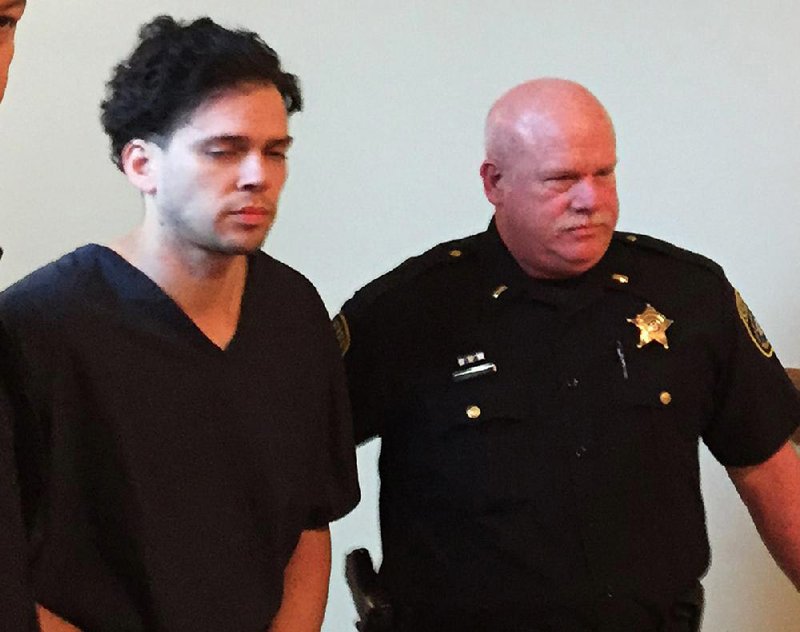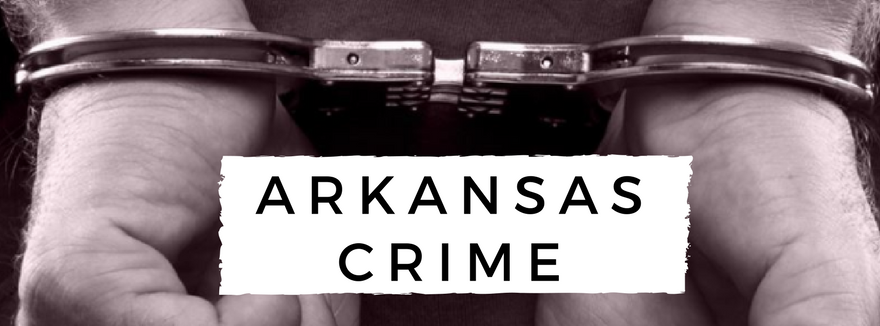Pulaski County Circuit Judge Herb Wright has again barred prosecutors from using evidence reportedly found in the car of Arron Lewis in his murder trial, including what authorities say are strands of Beverly Carter's hair.
Lewis is accused of abducting and killing Carter, a 50-year-old Realtor and mother of three, who vanished in September 2014 after going to show a home in England to an unnamed client.
After ruling last week that deputies had used illegal search warrants to collect evidence, the judge gave prosecutors a second chance to convince him that the materials found in the car were collected legally.
On Wednesday, Wright ruled that prosecutors had not proved to him that the car was lawfully searched.
"The court's order stated in clear language that the state would be given the opportunity to show that the items in question were seized during an inventory search and not during the search pursuant to the illegal warrant," Wright wrote in his four-page order.
"The state has instead argued that the items illegally obtained would eventually have been found based on a theoretical inventory search that no evidence or testimony indicates would have been completed or supported by law."
On a defense motion, Wright last week ordered that all of the evidence taken from the car and Lewis' home be excluded from the trial, finding that sheriff's deputies had repeatedly violated Lewis' constitutional rights.
Aside from the illegal search warrants, investigators unlawfully questioned Lewis, 34, after he had asked for his lawyer to be present, Wright ruled.
The judge deemed as inadmissible items taken from Lewis' Jacksonville home, including Carter's cellphone -- reportedly found on a dresser in the master bedroom -- and a cache of guns found hidden in a wall.
In the car, investigators reported collecting green duct tape, white rope, 9mm bullets in a white bag, a softball bat, a Fuji camera and an IBM laptop, along with fiber, hair, trash and possibly blood.
The discovery of Carter's hair in the trunk was revealed in a November evidentiary hearing.
Lewis and his wife, Crystal Hope Lowery, were each charged in Carter's slaying after her body, bound with duct tape, was found four days after her abduction.
Lowery, 42, pleaded guilty to first-degree murder and kidnapping for her role in Carter's death in an arrangement with prosecutors that sent her to prison for 30 years and requires her to testify against Lewis.
His trial is set for Jan. 12, and prosecutors are seeking a life sentence.
Wright's ruling on Dec. 9, which also suppressed deputies' secretly recorded interviews with Lewis, stated that Wright was willing to reconsider his decision about the materials seized from the car, a 2012 black Ford Fusion.
Wright stated that if prosecutors could show him that the car evidence was collected in an "inventory search," which is recognized by the courts as an exception to rules on evidentiary searches, he would allow the materials to be used at the trial.
In court filings Friday, chief deputy prosecutor John Johnson stated that deputies had collected materials during a lawful inventory search of the car, which had been wrecked in a traffic accident.
Furthermore, Johnson argued, all of the car evidence should be allowed in the trial because deputies would have found it anyway while inventorying the contents.
Deputies were acting in accordance with departmental policies on impounding vehicles when they collected the contents of the Fusion, he wrote.
The policy requires deputies to search crashed vehicles, inventory the contents and preserve the materials collected until the owner can claim them or they are disposed of in a manner stated by law.
The Arkansas Rules of Criminal Procedure state that those searches, done to protect property and to protect police from potential danger, do not require a search warrant.
But in ruling against prosecutors a second time, the judge stated that they had not shown him any proof that the search was done while inventorying the contents of the car.
The deputy who testified last month about the search, Jordan Ables, never said the car was being inventoried, the judge noted.
"The court is not convinced that an inventory search had begun or would have been completed simply because the Rules of Criminal Procedure and the [sheriff's] policy would have allowed one," Wright wrote.
"These assertions [that an inventory search was conducted] appear only in the state's motion and are supported by none of the evidence or testimony before the court."
The judge also noted that investigators collected some materials by removing the car's seat covers. That collection appears to be beyond the scope of an inventory, he said.
"The court does not believe, even if it were to accept the state's timeline, that tape lifts and removal of the passenger seat and seat cover would have been reasonably necessary for the safekeeping of the vehicle and its contents. Nor does the court believe that the items now sought to be introduced would have conceivably been listed in an inventory report as 'items of significant value,'" the judge's order states.
Wright's Wednesday ruling came less than five hours after Lewis' lawyer filed a motion disputing the prosecution's assertion that the car search was legal.
Defense attorney Bill James argued that authorities showed no proof that an inventory search had even been considered; disputed that the search followed the sheriff's policy; and noted that the investigator, Ables, specifically denied that any search began before obtaining the warrant that the judge later found to be invalid.
According to testimony, Lewis wrecked the car while being followed by sheriff's deputies about two days after Carter vanished.
Lewis and the car matched the description of a man and a vehicle a witness had seen at the England home on the day Carter was last seen alive, according to reports.
Lewis drove the Fusion into a ditch, injuring himself and disabling the vehicle, authorities said. In the ambulance that was taking him to a hospital, deputies found that Lewis had the phone that was used to contact Carter, reports said.
A Section on 12/17/2015



